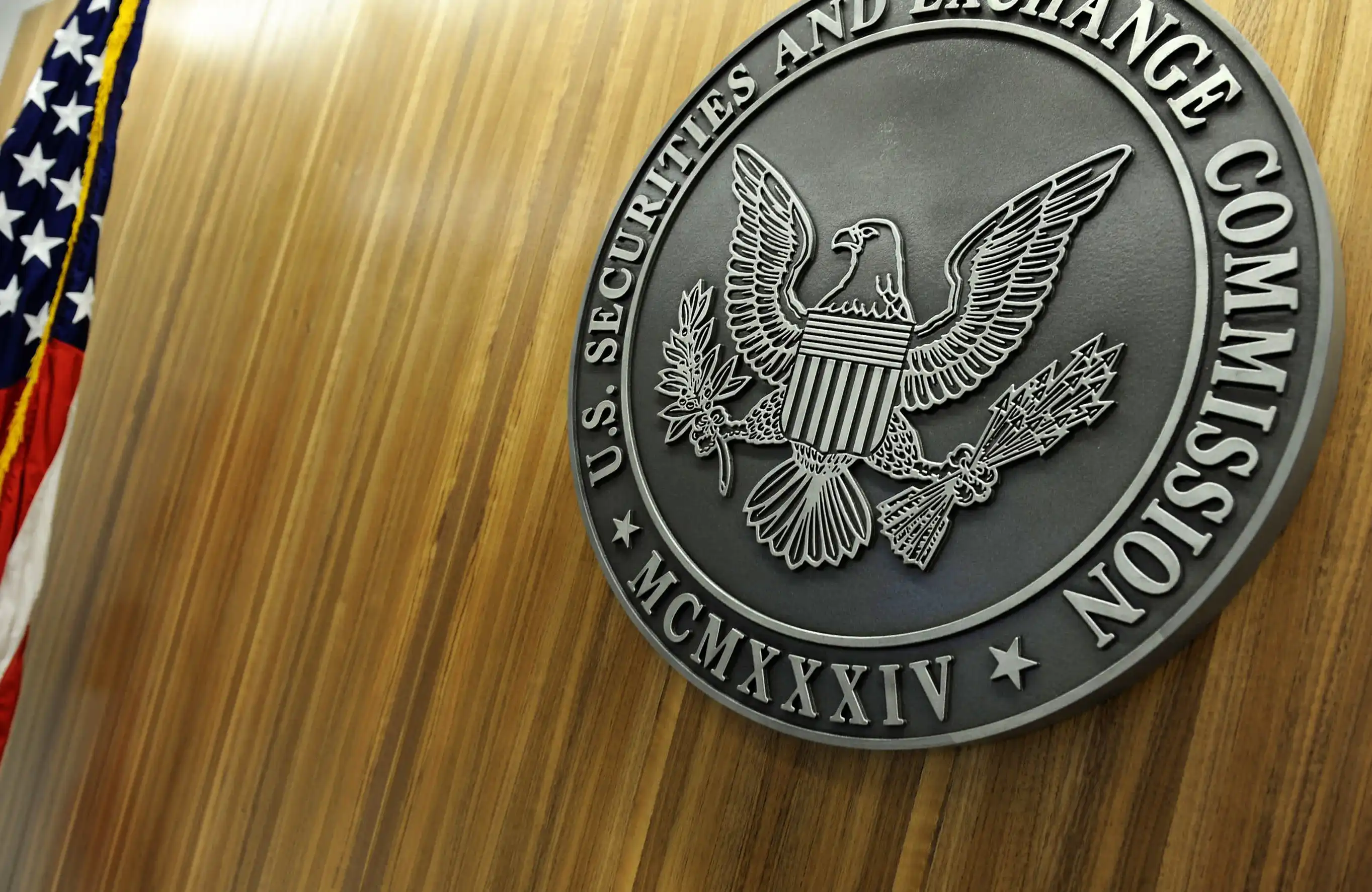INIT -35.87% in 24 Hours Amid Sharp Short-Term Volatility
- INIT token plummeted 35.87% in 24 hours after a 222.22% 7-day surge, marking extreme short-term volatility. - Market sentiment shifts, liquidity changes, and macroeconomic factors triggered the sharp price reversal. - Technical indicators showed overbought conditions and bearish moving average divergence before the crash. - A backtesting strategy aims to exploit INIT's volatility by targeting overbought/oversold thresholds systematically.
On AUG 30 2025, INIT dropped by 35.87% within 24 hours to reach $0.352, following a dramatic 222.22% surge over the preceding 7 days. Over a 30-day period, the token fell by 1731.84%, marking one of the most volatile short-term movements in recent memory. Despite the sharp near-term correction, INIT has still gained 7020% over the past year, underscoring long-term bullish momentum against a backdrop of significant short-term turbulence.
The recent price movement was triggered by a sudden shift in market sentiment, with traders reacting to a combination of on-chain liquidity changes and broader macroeconomic factors. The token’s sharp 24-hour decline came after a brief but intense rally that saw it nearly triple in value over seven days. However, this rapid ascent failed to sustain momentum, leading to a swift reversal and a return toward prior levels of support. The 30-day drawdown further highlights the token’s sensitivity to both speculative positioning and macroeconomic headwinds, with capital flows shifting rapidly in response to market conditions.
Technical indicators painted a mixed picture as the recent swing unfolded. While the token’s long-term trend remains intact, as evidenced by the 7020% annual increase, short-term oscillators signaled overbought conditions prior to the correction. Moving averages showed signs of divergence in the days leading up to the 24-hour drop, with the 50-period line crossing below the 200-period line as a bearish signal. This structural shift in the short-term trend has led to increased caution among traders and analysts alike, many of whom are monitoring key support levels for signs of stabilization.
Backtest Hypothesis
The potential for a structured trading approach to capture some of the volatility in INIT’s short-term price action has led to the development of a backtesting strategy aimed at modeling the token’s price swings. The strategy is designed to isolate sharp movements like the 222.22% weekly increase and subsequent 35.87% decline, using predefined thresholds to trigger entry and exit points. By identifying and acting on overbought and oversold conditions, the backtest seeks to simulate a systematic approach to riding the token’s volatility while managing risk exposure.
Disclaimer: The content of this article solely reflects the author's opinion and does not represent the platform in any capacity. This article is not intended to serve as a reference for making investment decisions.
You may also like
Morning News | Lighter 24-hour trading volume surpasses $11 billion; Circle Q3 financial report released; Strategy U.S. stock market value falls below its BTC holdings value
Overview of important market events on November 12.

Latest Speech by US SEC Chairman: Farewell to a Decade of Chaos, Crypto Regulation Enters an Era of Clarity
The US SEC Chairman further elaborated on the "Project Crypto" initiative, outlining new boundaries for token classification and regulation.

Circle Q3 report released: Is there a bigger game ahead?
What are the highlights of Circle's Q3 financial report, the first listed stablecoin company?

Exodus' Q3 net profit increased more than 20 times, with Bitcoin revenue accounting for over 60%.